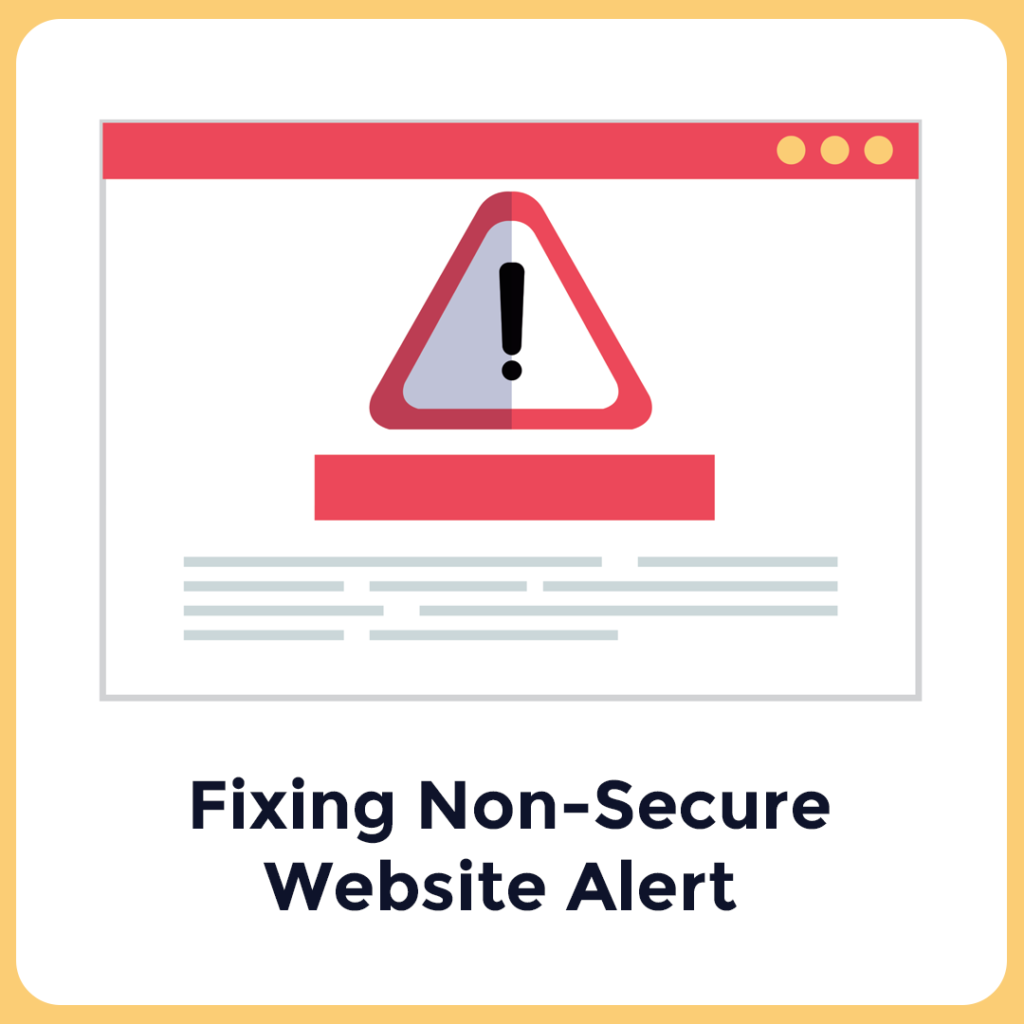While this service is considered useful by e-mail users, it can also be incredibly harmful to legitimate businesses attempting to get their name out there and have increased recognition or even provide valuable information to clients. This is because their message is considered spam, and lumped in with everything else that is deleted by e-mail providers. If you are interested in learning more about spam, along with what Opt-In means then lets take a moment and define these things. In addition, we will review how by understanding major e-mail provider policies, you can better target or optimize your message depending on your need. With that out of the way, let’s get started!
A Brief Review Of What Constitutes Spam
Simply put, spam is considered any message or e-mail that is undesired, unsolicited, and even illegal. It is a loosely given title for an entire industry centered around either tricking individuals to click on a link in order to install adware, or sell certain products that individuals do not normally need or want. While cataloging things into a ‘spam’ folder automatically can help to clear up your inbox and save you time, there are countless opportunities for legitimate messages to be considered spam.
A common example of what is generally considered spam is messages that include an opt-out link in the e-mail itself. Many e-mail providers look for this and will even deny their delivery to e-mail addresses as a result. The reason why this is considered spam is that without signing up for something, there should be no reason to opt-out as cold-calling via e-mail is quite frequent. By including a link under this context, e-mail providers consider it purposefully misleading and group it in with spam. Even if the reason for it is legitimate, it can be challenging to make the case without going to the e-mail providers directly.
What Opt-In Is And How It Can Help You
Opt-in is a name given to individuals when they agree to receive a bulk e-mail regarding something they may be interested in. A common example of this is if you have a favorite clothing manufacturer or company that has an online store, and you request to stay up to date with their news and new clothes. Opt-in is different then traditional bulk spam in that your message is only sent to people who have agreed to be on your list. As a result, it is incredibly easy to get your messages to individuals through spam filters if a person opts-in. The more people that subscribe to your bulk e-mail list, the more people will get the message as something in their inbox as opposed to something in their spam box.
Another thing to consider is legality. With opt-in individuals agreed to receive messages from you and there is a process in place to help them stop if and when it is needed. With bulk spam, there is less legal protection and an increased risk of having an individual bring you to court if you send them one too many messages after the specifically request to be taken off the list.
Understanding Major E-Mail Provider Policies
Throughout this article we have been touching on major e-mail providers and policies they have put into place to safeguard their e-mail users. Large companies like Hotmail, Gmail, and Yahoo all have different ways they go about organizing e-mails. What you should understand is that what these major providers do is to set limits on the amount of e-mails that can be sent towards their e-mail customers before they shut down any future e-mails. Designed not to overload their system, this policy helps to protect individuals as well as the company providing the service.
While this may be good for the e-mail user, it can be very bad for your business, especially if it trying to legitimately offer a service that requires contacting a large amount of people. So, how do you get around such a limitation? Well, these larger e-mail providers have a white-list. This is a list of companies and origin IP addresses where they allow all e-mails through regardless of the amount of people they are contacting. Getting on one of these white-lists require that you contact the e-mail provider. If you are interested in this process, then most e-mail providers have an online form that you can fill out to request being added.
The Benefits Of Using A Premium Web Hosting Service
All of this is work that you can do on your own. However, if you are responsible for running a business, then the last thing you want to do is spend countless hours not focusing on your business and instead filling out forms. By hiring a premium web hosting service for this, you can remove a substantial amount of hassle related to the process. With ASSP spam protection, you can make sure your e-mails reach their destination, and be protected against unwanted messages. Providing a host of protections and services not normally found when going in alone, a premium web hosting service will make sure that you and your business are fully taken care of.
Where Does That Leave Us?
Every year, countless companies try their best to reach new and prospective customers over E-mail. Those that succeed usually use premium web hosting services to help reach their own ends, saving a great deal of time not worrying about spam and instead focusing on what is really important instead. If you currently find yourself at this point in your business, then make the smart decision and consider bringing in the experts.







